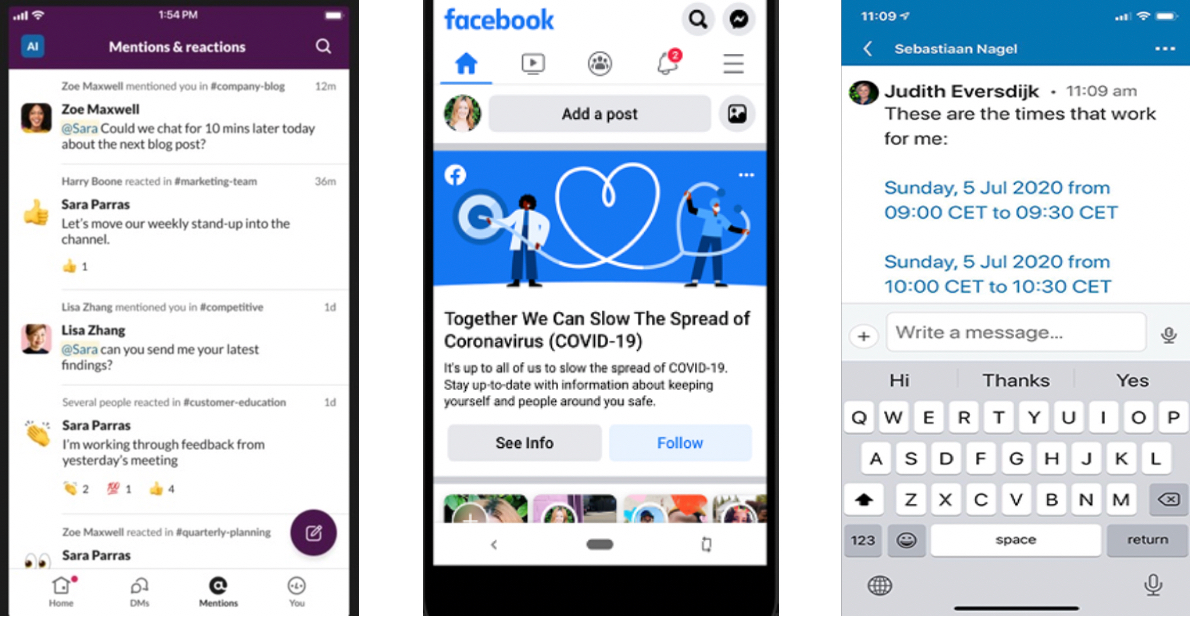Covid-19 has changed the way we communicate. From personal interactions to professional communications, the virus has cemented a trend toward online communication that was already on the rise. How many of you now exchange text messages via LinkedIn, Facebook or Slack with your clients, prospects and employees on a regular basis?

What has evolved in modern business communications is a growing expectation of immediate response. What may have been an acceptable response time of 24-hours or 12-hours or 1-hour has now rapidly advanced to less than 15-minutes depending on the nature of the conversation and the relationship. Email is still regarded as the gold standard for business communication, but it is rapidly being eclipsed by mobile and social communications as the preferred method of communication. When I think of email now, I think of legal communication, contracts, or marketing, not necessarily quick-response communication with my clients, customers, employees or peers.
What is an acceptable response time for client / customer communication?
It depends on the nature of the communication. If I am a sales rep and the customer has inquired about a product or service that I’m marketing via Facebook Messenger, then a quick reply is important; however, if I’m Slacking an colleague about a project we are working on, then 15-minutes to 1-hour is acceptable.

Instant communication has enabled an entirely new way of looking at how we communicate with each other and often times the most acceptable response rate is based on situational leverage. The medium is still the message, but so is the response time. In other words, because there is no real barrier to instant communication, the response rate conveys how important you are in many different circumstances.
“The medium is still the message, but so is response time.”
Recommendation: Establish expectations for communication with your customers, clients, prospects and peers right at the beginning of the relationship. Depending on who has the most leverage in a given situation may determine which platform you use to communicate. If a client wants you to use Facebook Messenger, use it even if you don’t use Facebook. Be the solution, don’t be the problem when it comes to communication. It is increasingly important to be platform agnostic and capable. Learning how to navigate multiple platforms to accomplish the same tasks is a skill set that delivers on service and will yield results. If you struggle to learn new platforms, YouTube is an exceptional platform for learning new skills. A 2-3 minute video can quickly teach you how to navigate within the various mobile and social platforms.
Be the solution, don’t be the problem when it comes to communication.
Contact MyBFFSocial.com today and let us develop a social, media, marketing and advertising strategy for your business!

